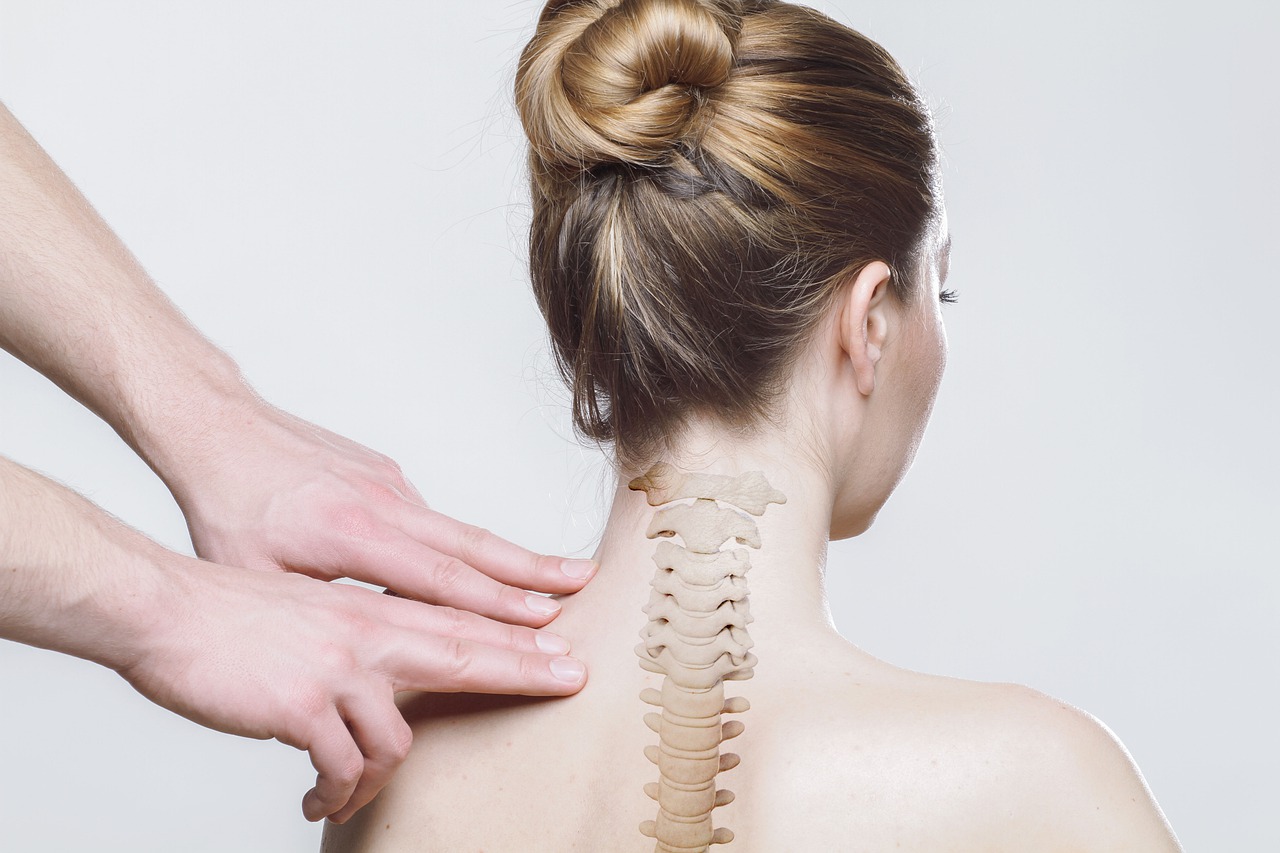If you have a “desk” job, you probably spend up to 80% of your day sitting down.
If you are like me, what with Covid-19 forcing us to work from home, your daily routine probably looks something like this:
7:00 Wake up
7:15 Shower
7:30 Walk twenty paces to your home office. Sit down.
9:00 Walk downstairs to make yourself coffee (and breakfast, perhaps)
9:05 Walk upstairs to your home office. Sit down
11:00 Walk downstairs to make yourself coffee (and a snack, perhaps)
11:10 Walk upstairs to your home office. Sit down
12:30 Walk downstairs to make lunch. Sit in the lounge and watch TV or scroll through Facebook
13:30 Walk upstairs to your home office. Sit down
16:00 Finish work. Walk downstairs to make coffee. Sit in the lounge and drink your coffee. Watch your favourite soapie or scroll through TikTok videos.
18:00 Do five pushups and five reps with some free weights. Examine yourself in the mirror.
18:10 Make dinner. Eat dinner from a ready-meal dish.
18:30 Sit down and watch 5 episodes of Family Guy while scrolling through YouTube videos
21:00 Lie down on the couch while watching videos on Facebook and munching on a large packet of Corn chips.
23:00 Go to bed and scroll through stuff until falling asleep.
Okay. Maybe I’m exaggerating, but most of that is true: the longer you sit in one place, the more your body will protest. Your body wants you to stand up and go for a walk. (Those few times you walk up and down the stairs don’t really count as a walk – more like a wander).
True, sitting can help us recover from exercise or from stress. But our bodies are not built for sedentary lives.
The human body is designed to move. Humans have between 250 and 350 joints, depending on various factors, and around 650 skeletal muscles. This allows for fluid motion.
The human body’s physical structure enabled us to carry and use tools in our early history. It allowed us to walk (and run) farther. The angle of the thigh bone points inwards, bringing the feet under the centre of our bodies. Our spines curve in an S-shape and help bring our body weight over the hips and to cushion the brain while walking.
For our blood to circulate efficiently, we need to move. The elasticity of our skin adapts and our nerves love the movement.
What happens when you don’t move?
Let’s talk about one of the most important parts of your body – the spine. Without your spine, you could not keep yourself upright or even stand up. It allows you to move freely and to bend flexibly. The spinal cord is a fragile tubelike structure that begins at the end of the brain stem and ends near the bottom of the spine. The spinal cord consists of bundles of nerve axons forming pathways that carry messages to and from the brain and the rest of the body.
An adult’s spine consists of 24 vertebrae stacked on top of each other. Between each vertebra is a disc which acts like a shock absorber and keeps the bones from rubbing against each other. Each vertebra is connected to the other by groups of ligaments. Tendons also fasten the muscles to the vertebra.
Try not to slump
A common way of sitting is with slump shoulders and an unnaturally curved back. This habit put undue pressure on your neck, your back and your lower spine. Over time, this can stretch and cause muscle weakness, wear and tear on your spinal discs. Loss of strength and flexibility can mean susceptibility to injury.
This hunched shape squeezes your lungs, making them smaller and decreasing your lung capacity. Shallow breathing means less oxygen to your system; less oxygen means less your blood is less oxygenated meaning less energy.
The muscles and nerves and arteries are squashed by this unnatural position. If you have ever had numb fingers or toes, or even that foot you are sitting on, it’s the nerves and arteries and veins which have become blocked; in turn, that limits nerve signals from the spine, causing numbness, and reducing blood flow, and causes some tingling and swelling in your limbs.
Burning calories
When you sit, you aren’t burning fat to the extent you do when you are moving. Ironically, when you sit at a desk to use your brain, it is counter-intuitive. The reduced blood flow and oxygen entering your bloodstream affects your concentration and brain activity, as your brain needs both to remain alert.
Long-term effects
Sitting for long periods has been linked with cancer and heart disease and diabetes, among other problems.
A solution?
When you have no choice but to sit:
- Be conscious of your spine and swap the slouch for a straighter spine;
- Get up every half hour and stretch and flex;
- Have your eyes checked regularly. Vision issues can cause you to hunch over to see clearly.
- Check your clothing. Poorly fitting clothing or jeans that are too tight can affect your posture.
- Make sure your desk and chair are at the right height, and keep that monitor at eye level.
- Do some exercise when you have finished work. It will keep your muscles strong and your spine more flexible.
- Lose excess weight, especially around your middle. A large belly area can press against your lungs when you sit.
- Put .. that … mobile … phone … down for a while.





